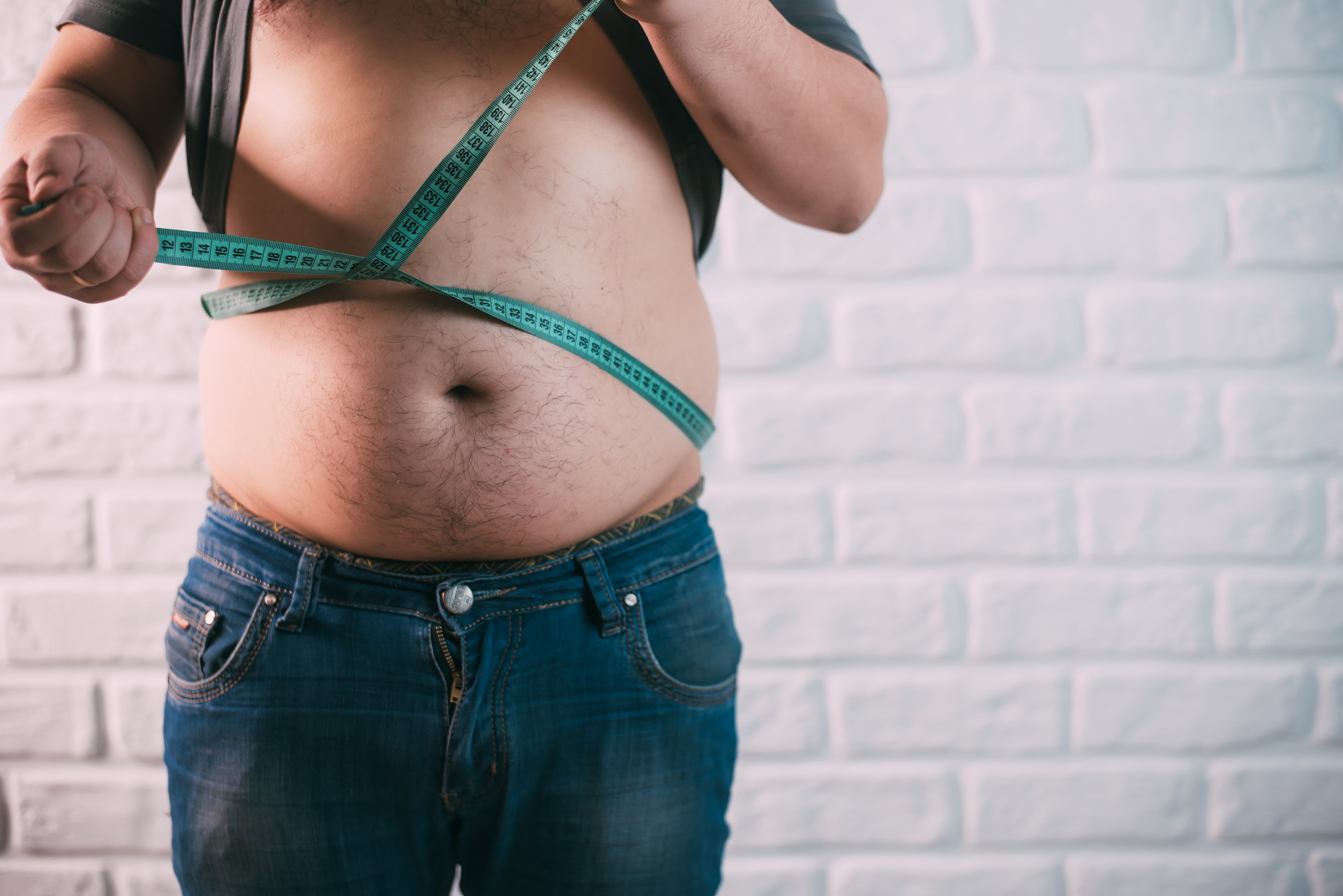
In an era of endless health advice, viral TikTok workouts, and Instagram transformations, one debate refuses to fade into the background: can someone be both fit and fat? It’s a conversation that has divided experts, influencers, and everyday people alike—echoing through comment sections and sparking heated debates in podcasts and publications.
Some argue that physical health is all about body fat percentage, while others insist that fitness is about strength, endurance, and overall well-being—regardless of size. It’s a polarizing subject, one that asks society to confront its deeply rooted assumptions about health and appearance. As definitions of beauty and health continue to evolve, the question remains compelling: can you really be fit and fat at the same time?
Redefining Fitness: It’s More Than Aesthetics
Fitness has traditionally been marketed as a lean, sculpted body—the kind seen on magazine covers and fitness influencers. But that image tells only part of the story. Fitness is actually a measure of how well the body performs physical tasks, how efficiently the heart and lungs function, and how strong, flexible, and balanced someone is.
There are countless individuals in larger bodies who run marathons, lift heavy weights, and have cardiovascular endurance that outpaces their thinner counterparts. The challenge lies in separating fitness from visual assumptions, which often don’t reflect the body’s actual capabilities.
The Science Behind “Metabolically Healthy Obesity”
Researchers have coined the term “metabolically healthy obesity” to describe individuals who, despite carrying excess fat, show no signs of common metabolic disorders. These people often have normal blood pressure, cholesterol, and insulin levels, even though their body mass index (BMI) places them in the overweight or obese category. It suggests that body fat alone isn’t a definitive indicator of health, and that lifestyle habits—like diet, exercise, sleep, and stress management—play a significant role. Some studies indicate that up to 30% of people classified as obese can fall into this metabolically healthy group. Still, there’s ongoing debate over how long these individuals remain healthy and whether extra weight may lead to future complications.
BMI: A Flawed Measurement?
BMI has long been used as a health barometer, but many experts now call it an outdated and overly simplistic tool. It doesn’t distinguish between fat and muscle, nor does it account for fat distribution, bone density, or racial and ethnic differences. A bodybuilder with very low body fat and high muscle mass might be classified as overweight or obese by BMI standards. Meanwhile, someone who appears slim might have poor cardiovascular health and low muscle strength. As a result, relying solely on BMI can obscure the real picture of a person’s fitness or overall health.
Cardio Capacity and Strength: Hidden Metrics of Health
One of the clearest indicators of fitness is cardiovascular endurance, which has nothing to do with appearance. VO2 max—a measure of how much oxygen the body uses during intense exercise—is often higher in physically active people, regardless of size. Similarly, muscle strength and functional mobility tell more about daily resilience and long-term health than aesthetics ever could. Plenty of plus-size athletes train hard, recover well, and excel in sports ranging from powerlifting to swimming to dance. These hidden metrics—heart health, muscular endurance, and recovery ability—reveal the fuller story of what it means to be “fit.”
Social Bias and Fatphobia in the Wellness Industry
The health and fitness industry is steeped in a culture that favors thinness, often at the expense of inclusivity and scientific nuance. Fatphobia—whether subtle or blatant—can discourage people in larger bodies from even entering gyms or participating in wellness spaces. The constant narrative that fat equals lazy or unhealthy overlooks the complexity of human biology and behavior. Social stigma can also lead to mental health issues, like anxiety and depression, which in turn affect physical health. Until the wellness world embraces all bodies, the conversation around fitness will remain biased and incomplete.

Athleticism Comes in All Sizes
From Olympic shot putters to ultra-endurance cyclists, athletes exist across the weight spectrum. These individuals break stereotypes every day, challenging the idea that athleticism is exclusive to the lean. In fact, in certain sports, additional mass provides performance advantages—whether it’s stability, force, or stamina. These athletes train rigorously, fuel their bodies with intention, and are constantly monitored by medical professionals to ensure peak health. Their success underlines that strength, speed, and stamina don’t always correlate with size.
Health Risks Still Exist—But So Do They for the Thin
While some people in larger bodies may be fit and healthy, that doesn’t eliminate the possibility of health risks tied to higher fat percentages. Conditions like sleep apnea, joint stress, and certain cancers do occur more frequently in people with obesity. However, it’s important to note that being thin doesn’t offer immunity to disease—many thin individuals experience heart attacks, diabetes, and metabolic dysfunctions. Lifestyle remains the strongest predictor of health, not weight alone. Medical professionals increasingly recommend focusing on behaviors—like regular movement and nutrient-rich diets—rather than fixating solely on body size.
Mental Health and the Pressure to Shrink
The societal obsession with weight loss can have severe psychological consequences, particularly when it overshadows fitness and well-being. The pressure to be thin often leads people to adopt extreme diets or unsustainable workout routines, which can backfire both mentally and physically. Some individuals abandon exercise altogether if it doesn’t result in weight loss, ignoring the mental and cardiovascular benefits it still provides.
Conversely, accepting a larger body while maintaining a fitness routine can enhance body image and self-esteem. Shifting the focus from appearance to function helps nurture a healthier and more realistic relationship with exercise and food.
Representation and Role Models Matter
When fitness content only features lean bodies, it reinforces a narrow definition of what healthy looks like. More diverse representation—of body types, abilities, and identities—helps normalize the idea that fitness is not one-size-fits-all. Seeing plus-size trainers, athletes, and instructors thriving encourages others to engage in fitness without shame. These role models remind the world that capability isn’t confined to a specific shape or size. Representation helps dismantle outdated stereotypes and makes room for a more inclusive wellness culture.
So, Can You Be Fit and Fat?
The evidence is clear: it is entirely possible for someone in a larger body to be fit. Strength, endurance, heart health, and mental resilience can exist independently of weight. However, it’s also true that carrying excess fat can pose certain health risks, depending on factors like genetics, fat distribution, and lifestyle.
The most accurate approach to health includes a broad view—one that looks beyond weight and considers daily habits, mental well-being, and physical performance. Ultimately, the fitness conversation must evolve to reflect the complexity of human health, rather than rely on outdated visuals and assumptions.
What do you think? Can someone truly be fit and fat at the same time? Share your thoughts or leave a comment below—this conversation needs your voice.
Read More
Is It Wrong to Expect Your Partner to Lose Weight?
These 6 Financial Stressors May Be The Cause of Your Weight Gain
The post Can You Be Fit and Fat? The Internet’s Favorite Debate appeared first on Everybody Loves Your Money.







